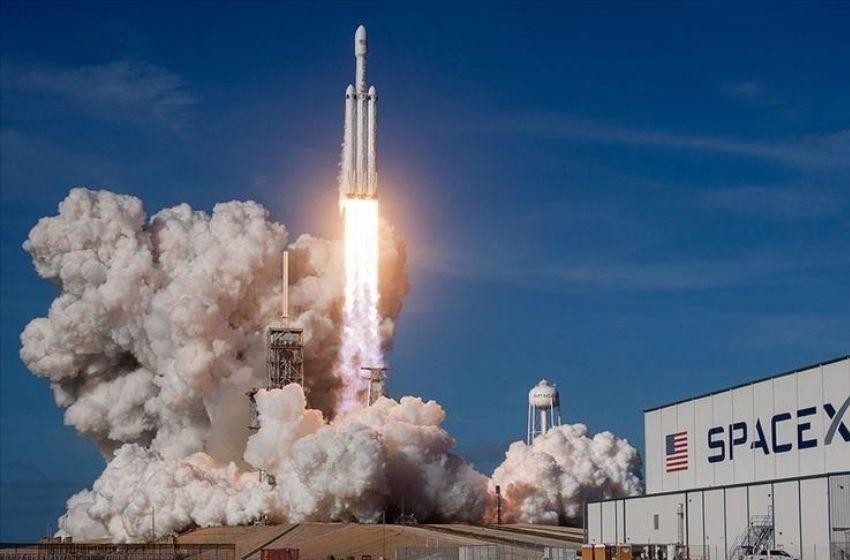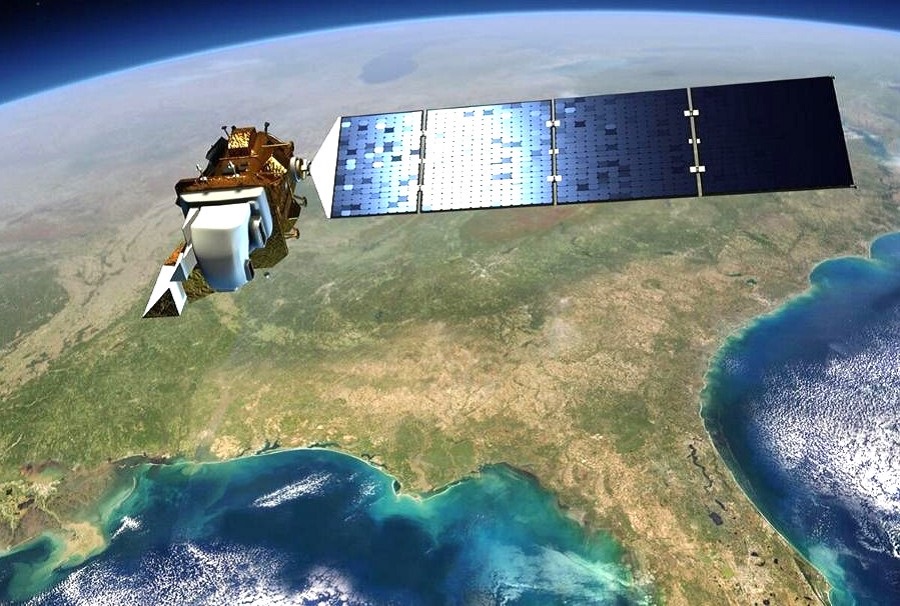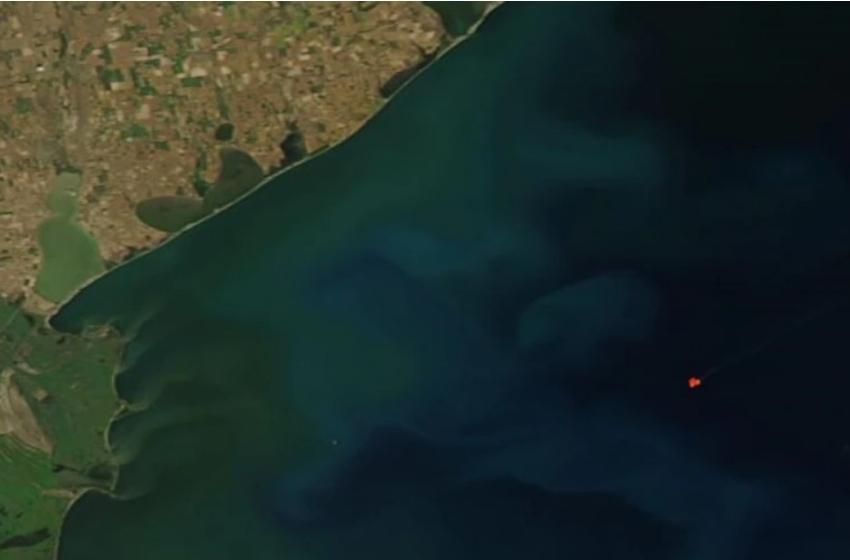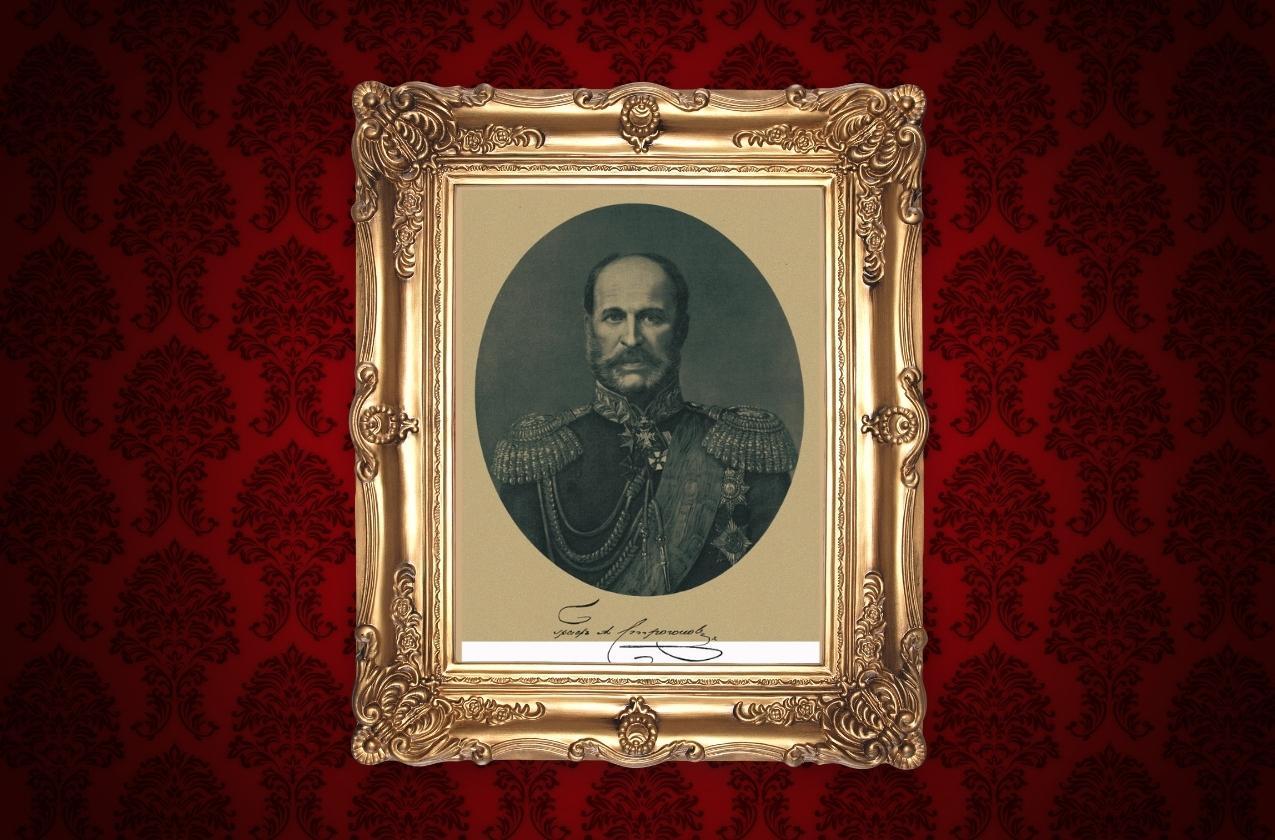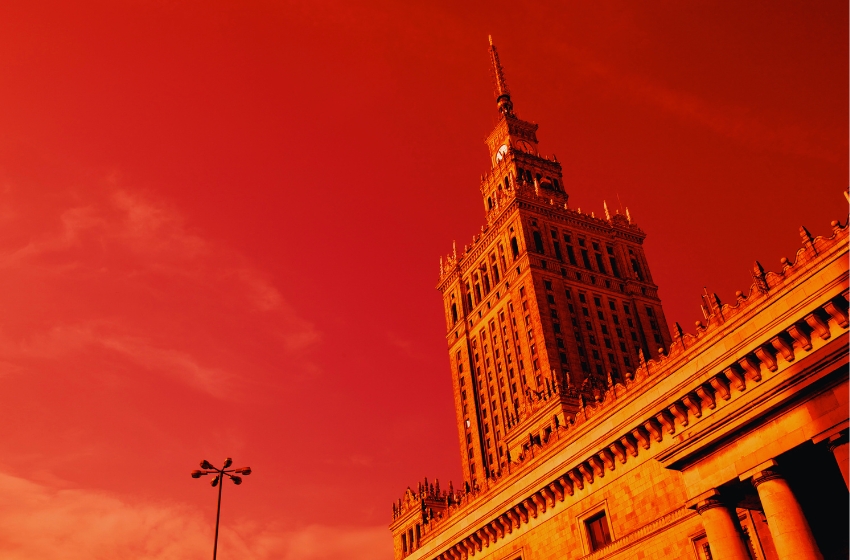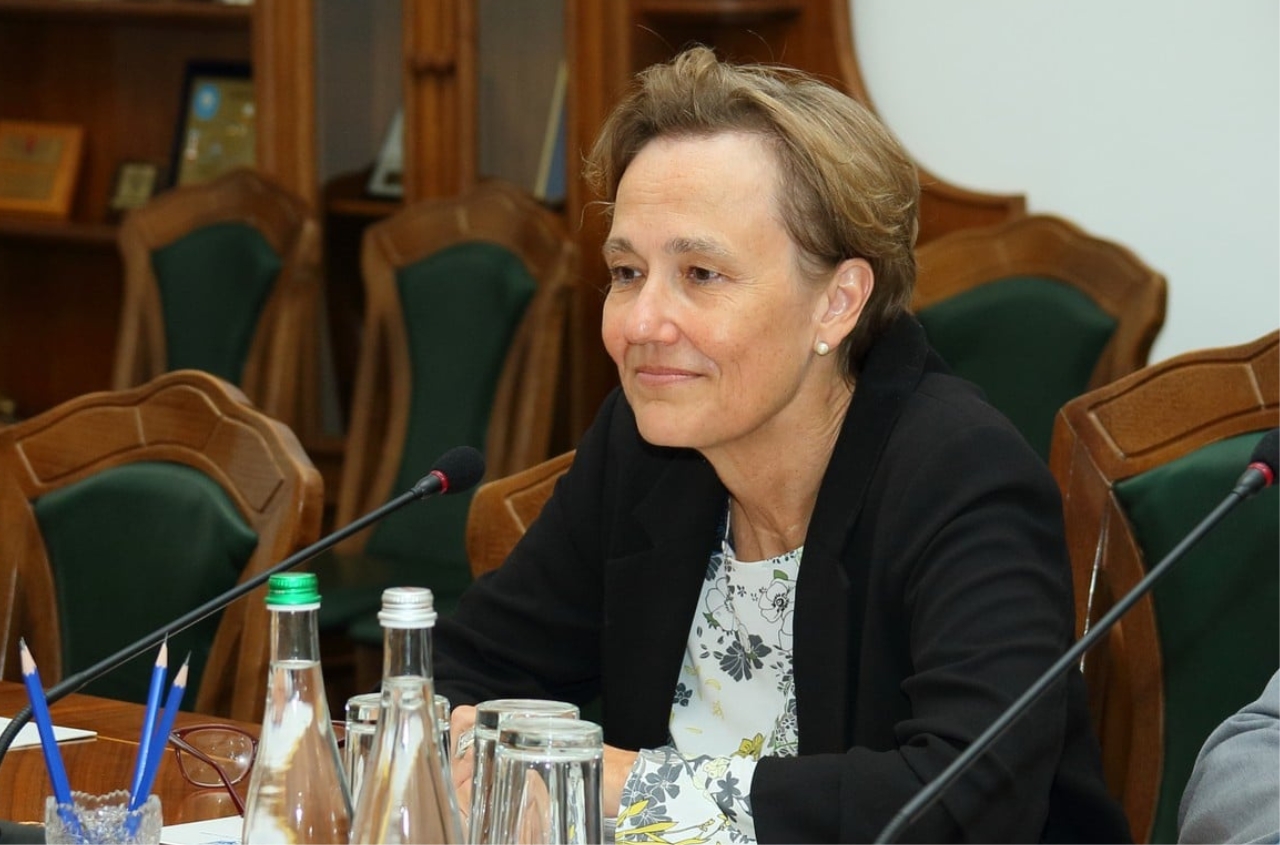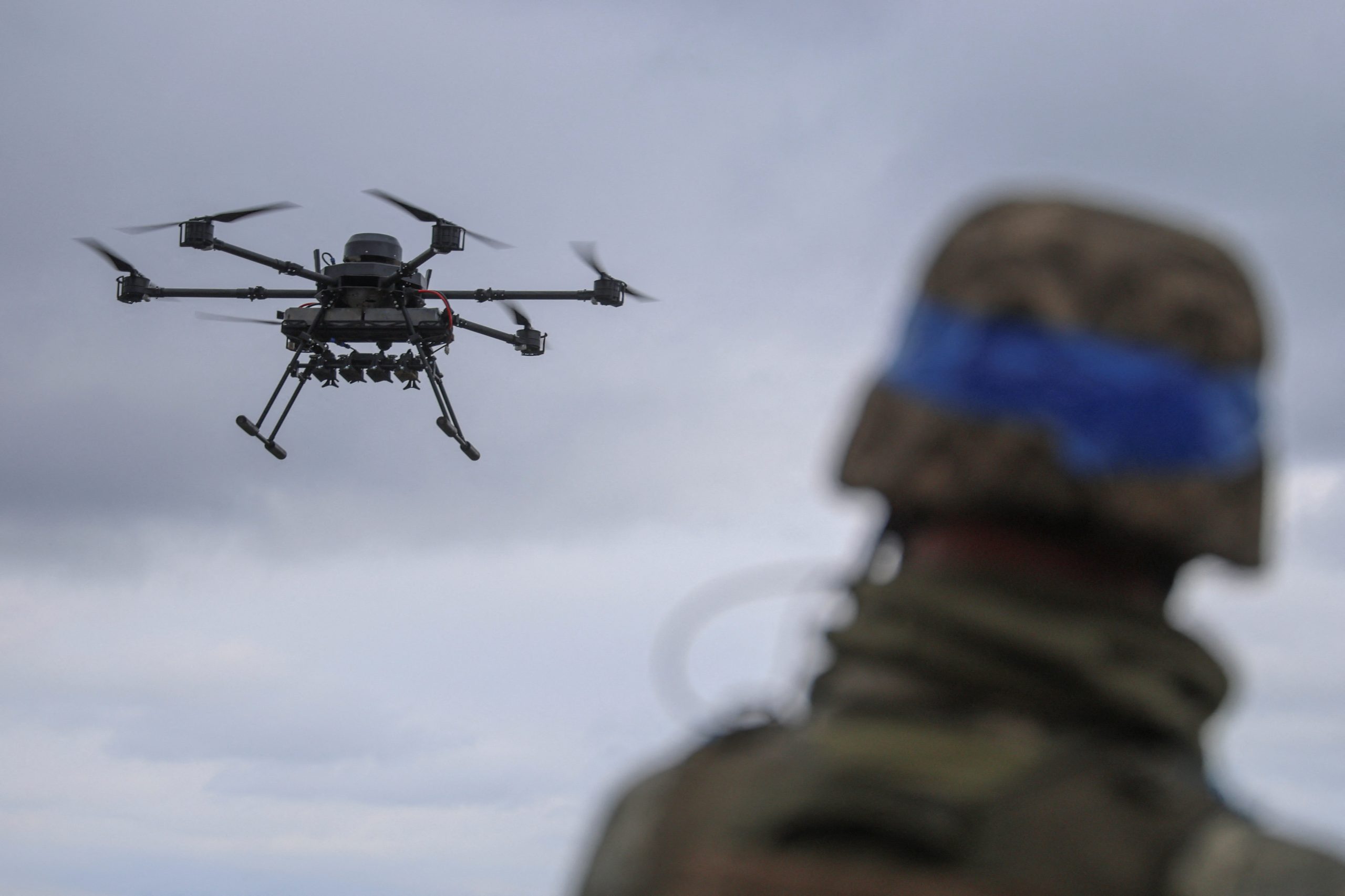A project created by Odessa high-school students will be brought in orbit: the mini-laboratory will be implemented in the International Space Station (ISS) by the Ilona Mask rocket.
American scientists of the NASA became interested in the project developed by the pupils of the Odessa Richelieu Lyceum and they will test their solutions at the International Space Station on springtime.
The mini-laboratory created by high-school students of Odessa will be delivered into orbit by the Ilona Mask's SpaceX Falcon 9 rocket, said Anastasiia Maslechko, the scientific leader of the project, physics and computer science teacher at the Lyceum.
Odessa Richelieu Lyceum's students Nikita Skripnik and Andrey Grib dedicated their work to the growth of blood salt crystals (this substance is used in jet engines and blood glucose meters for diabetics).
The experiments conceived by them will take place in parallel in orbit and on Earth for two weeks. The astronauts will conduct research under the guidance of schoolchildren by direct communication. These studies will help to find out whether weightlessness affects the process of crystal formation, their size, number and shape.
The schoolboys will not be able to attend the launch of the rocket because of the quarantine, but in the summer they will go to the USA for a conference where all the scientific reports of the students will be presented.
The Odessa project was chosen among 238 applications from seven schools in Ukraine, which took part in a competition for the best orbital scientific project. The winners were the pupils of Odessa, together with the students of the Kharkov gymnasium â„–47, who proposed to test the effect of weightlessness on the hardening of dental materials. These experiments will take place as part of the American student experiments programme.









